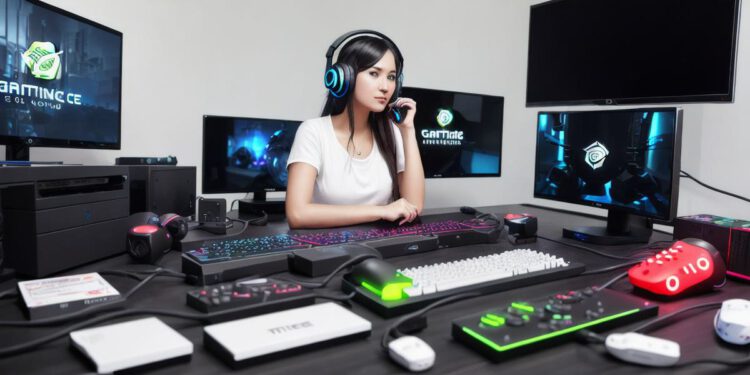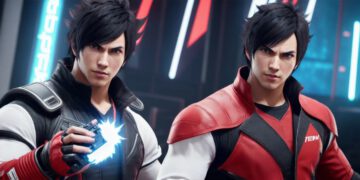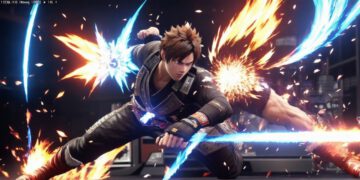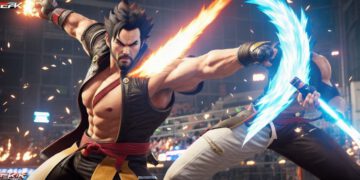Nvidia GPUs are one of the most popular graphics cards used by gamers around the world. These powerful devices help enhance the gaming experience by rendering stunning visuals, smooth animations, and realistic textures. However, just like any other hardware component, Nvidia GPUs can experience issues that may affect their performance.
In this article, we will discuss how to check your Nvidia GPU performance and provide some troubleshooting tips for gamers. We will also cover some of the most common problems that gamers face with their Nvidia GPUs and how to resolve them. So let’s get started!
How to Check Your Nvidia GPU Performance
The first step in checking your Nvidia GPU performance is to download and install a graphics monitoring software like MSI Afterburner or HWMonitor. These programs allow you to monitor the GPU’s temperature, clock speed, fan speed, and memory usage in real-time.
Once you have installed the software, open it up and look for the "GPU" tab. This will give you an overview of your GPU’s performance. You can see the current clock speed, memory usage, and temperature of your GPU. You can also see the fan speed and other important information.
Another way to check your Nvidia GPU performance is by running benchmark tests. Benchmarks are programs that measure the performance of your GPU by running a series of tests that simulate real-world scenarios. Some popular benchmarking tools for Nvidia GPUs include 3DMark, Unigine Valley, and Heaven.
These benchmarks will give you an idea of how well your GPU performs in different situations, such as gaming, video editing, and rendering. You can also compare the results with other GPUs to see how yours stacks up.
Troubleshooting Tips for Nvidia GPUs
Now that we know how to check our Nvidia GPU performance let’s discuss some troubleshooting tips for gamers. Here are some common issues that gamers face with their Nvidia GPUs and how to resolve them:
1. Low FPS (Frames Per Second)
Low FPS is one of the most common issues that gamers face with their Nvidia GPUs. There could be several reasons why your GPU is not performing optimally, such as outdated drivers, overheating, or insufficient power supply.
To resolve this issue, you can try updating your graphics drivers to the latest version. You can also check if your GPU is overheating by monitoring its temperature using a graphics monitoring software. If the temperature is too high, you may need to clean the dust inside your case or replace the cooling system. Finally, make sure that your power supply is adequate for your GPU’s requirements.
2. Graphics Card Not Detected
If your Nvidia GPU is not detected by your computer, it could be due to several reasons such as incorrect driver installation or incorrect BIOS settings.
To resolve this issue, you can try reinstalling the graphics drivers manually. You can also check if your BIOS is set to use your Nvidia GPU as the primary graphics card. If not, you may need to enable it in the BIOS settings.
3. Noise from GPU Fan
Noise from the GPU fan can be caused by several reasons such as dust buildup, loose screws, or a damaged fan blade.
To resolve this issue, you can clean the dust inside your case and make sure that all the screws are tight. If the noise is still persistent, you may need to replace the fan blade or the entire cooling system.
4. GPU Overheating
GPU overheating is a common problem among gamers, and it can cause several issues such as low FPS, crashes, and even permanent damage to the GPU.
To resolve this issue, you can try cleaning the dust inside your case and making sure that your cooling system is working correctly. You can also check if your case has adequate ventilation and if there are any obstructions that may be blocking airflow.
Conclusion
In conclusion, checking your Nvidia GPU performance









